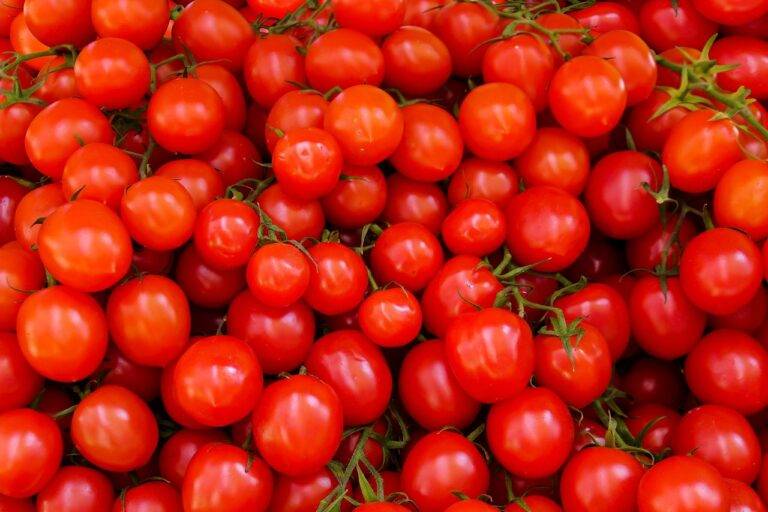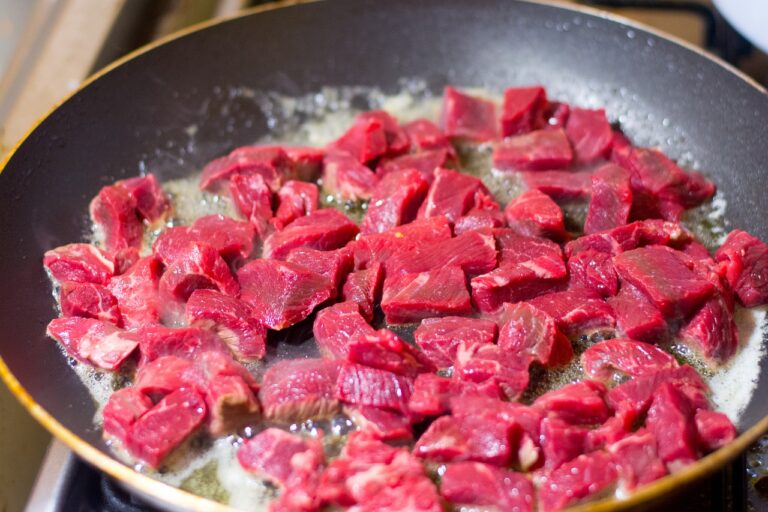The Future of Vertical Farming and Urban Agriculture
Vertical farming offers a promising solution to the growing challenges of traditional agriculture. By utilizing innovative techniques such as hydroponics and aeroponics, vertical farms can produce higher crop yields in smaller spaces compared to conventional farming methods. This efficient use of space allows vertical farms to be established in urban areas, providing fresh produce to local communities and reducing the need for long-distance transportation.
Moreover, vertical farming has the potential to significantly reduce water usage and pesticide usage compared to traditional farms. The controlled environment of vertical farms helps to minimize the risk of pests and diseases, leading to healthier crops without the need for harmful chemicals. This sustainable approach to agriculture not only benefits the environment but also ensures a more reliable food supply for an ever-growing global population.
Challenges in Urban Agriculture
Urban agriculture faces several hurdles that impede its widespread adoption and success. One major challenge is limited space in urban areas, where land availability is scarce and often expensive. This constraint makes it difficult for urban farmers to secure adequate plots for cultivating crops or raising livestock, hindering their ability to scale up production and meet the demands of a growing population.
Furthermore, urban agriculture is often confronted with zoning regulations and restrictions that can be complex and vary significantly from one city to another. These regulations can limit the types of activities that can be carried out in urban areas, affecting the feasibility of certain agricultural practices. Navigating through bureaucratic red tape and securing necessary permits can be time-consuming and costly, adding another layer of difficulty for urban farmers trying to establish or expand their operations.
What are some benefits of vertical farming in urban agriculture?
Vertical farming allows for more efficient use of space, reduces the need for transportation of produce, and can help mitigate the environmental impact of traditional farming practices.
What are some challenges faced in urban agriculture?
Some challenges in urban agriculture include limited space, soil contamination, lack of access to land, zoning regulations, and high start-up costs.
How can urban farmers overcome the challenge of limited space?
Urban farmers can utilize vertical farming techniques, rooftop gardens, hydroponic systems, and community gardens to make the most of limited space in urban environments.
What can be done to address soil contamination in urban agriculture?
Soil contamination can be addressed through soil testing, remediation efforts, raised bed gardening, and the use of soilless growing mediums such as hydroponics or aquaponics.
How can urban farmers navigate zoning regulations that may restrict agricultural activities?
Urban farmers can work with local government officials to advocate for changes to zoning regulations, participate in community planning processes, and seek out alternative spaces for agricultural activities.
What resources are available to help urban farmers overcome the high start-up costs associated with urban agriculture?
Urban farmers can seek out grants, loans, and subsidies from government agencies, non-profit organizations, and agricultural associations to help offset the high start-up costs of urban agriculture.







